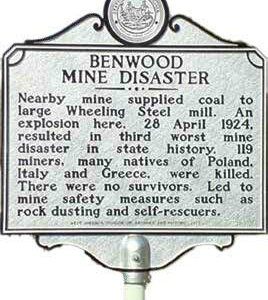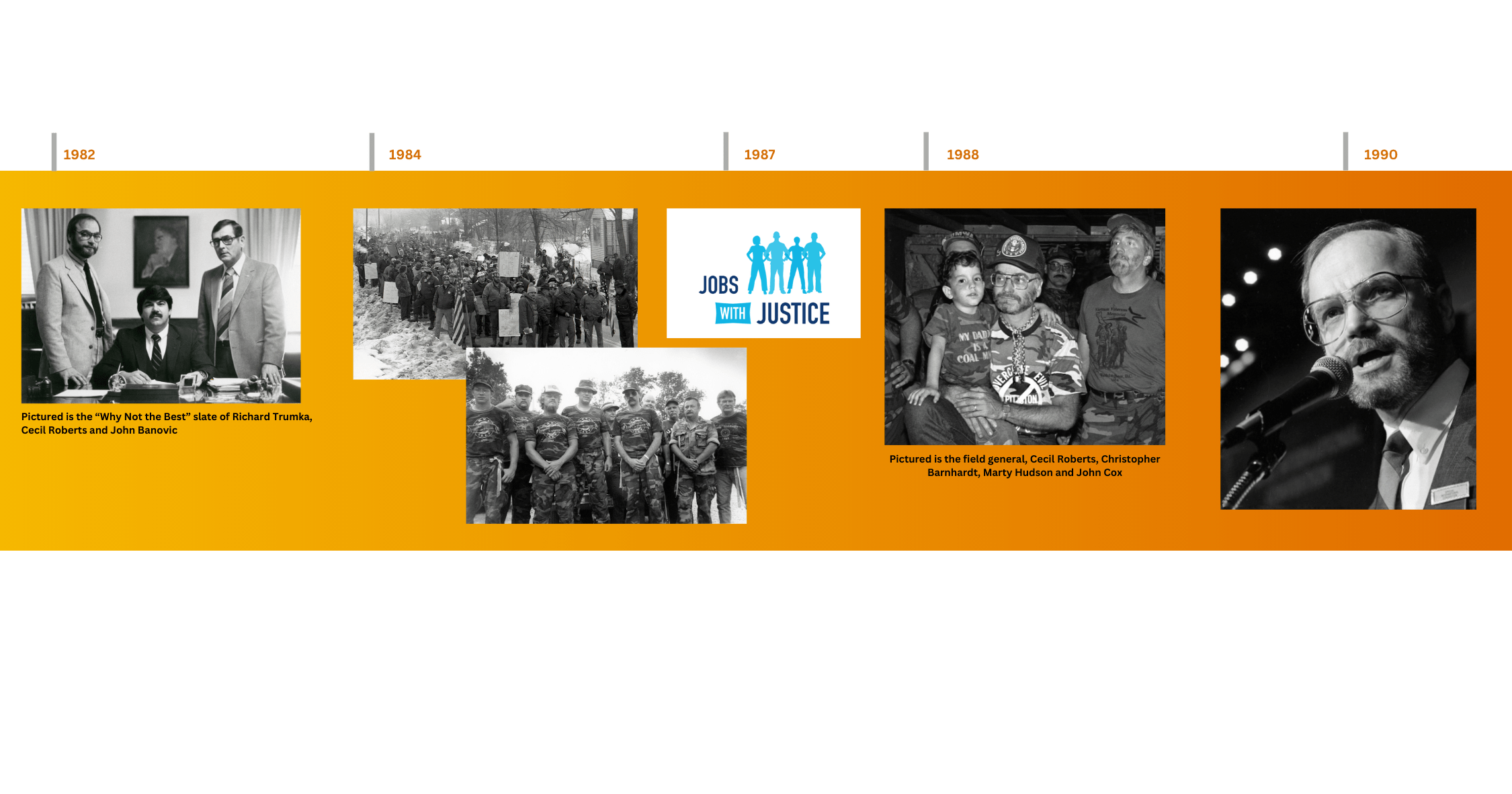Gaining Strength for Our Future
Editor’s Note:
Keeping the UMWA’s history alive and relevant is a critical part of the union’s service to its members. If we do not know our history, then the harsh realities we overcame in the past cannot serve to guide us today. That is why we remember events like UMWA President Emeritus Richard Trumka elected to AFL-CIO Secretary-Treasurer, President Roberts being sworn into office as the 15th UMWA International President, the 1993 and 1998 negotiations with the National Bituminous Wage Operators and the union vowing to organize and grow our membership in 2003.
Telling the brave stories of the men, women and leaders who built our union is not just an exercise in research, it is an opportunity for us to learn how battles were won and what it takes to win them again. This is the third installment of the UMW Journal’s series, Project 50: Struggle and Win.
Demanding Jobs With A Future
Richard Trumka, Cecil Roberts and Jerry Jones were elected on November 10,1992 and vowed to turn up the heat on negotiations with the National Bituminous Wage Operators in early ’93. Trumka called it “the fight of our lives” with the 12 companies represented by the BCOA.
By May 1, 1993, tension was building throughout coalfield communities. The BCOA contract extension was set to expire on May 3 and no agreement was in sight. More than 3,500 UMWA members, labor leaders and supporters from the national Jobs with Justice conference in Pittsburgh rallied outside Consol headquarters. A clear message was sent to the coal operators: We gave you our sweat, we gave you our muscles, we gave you our blood and our lives. Now it’s time to do your part. It’s time for job security, job opportunities, and it’s time for jobs with a future.
With the BCOA still refusing to negotiate a fair contract, the UMWA announced it would call strikes at selected operations of the Ziegler Holding Company, Arch Mineral Corporation and Amax Coal Industries, Inc. The union charged the companies with unfair labor practices. A week later the strike was expanded to include Ashland Coal Operations in West Virginia, adding more than 2,000 additional UMWA members to the strike.

Six days later, the union called on 2,200 UMWA members to strike Pennsylvania and West Virginia mines owned by Consol Energy, Inc, Rochester & Pittsburgh Coal Company and the C.L.I. Corporation. “We’re in for a long and bitter struggle that could dwarf the Massey or Pittston strikes,” said then Vice President Roberts. “We will do whatever is necessary to achieve a fair and just agreement with the BCOA member companies.”
By June, more than 14,000 UMWA members in seven states were on strike. AMAX, Inc. announced that it had withdrawn from the BCOA to merge with Cyprus Minerals Inc., forming the nation’s second largest coal producer. Negotiations with the newly combined firm with 2,300 UMWA members were now in progress.
CLI Inc, a small company based in Pittsburgh, announced it had also withdrawn from the BCOA to sign an interim agreement with the UMWA. “By now, it should be clear to the BCOA that the UMWA is prepared to do whatever is necessary to come to the bargaining table as equals and negotiate a fair contract that guarantees job security for the most productive mine workers on earth. We have earned those jobs with the profits that we have made for the BCOA companies,” Roberts said.
In September, Labor Secretary Robert Reich appointed William Usery to mediate between the UMWA and member companies of the BCOA, raising hopes throughout the coalfields that the selective strikes would end, and a fair agreement could be negotiated. That did not happen, and Usery formally suspended negotiations on October 22.
After selective strikes and more than a year of bitter contract negotiations, members of the UMWA ratified a contract that guaranteed better wages, pensions and job security.

Roberts Becomes UMWA President
Following Richard Trumka’s election as Secretary-Treasurer of the AFL-CIO in 1995, Vice President Cecil Roberts became the President of the union. The UMWA’s constitution provided for the Vice President to automatically succeed the President. Roberts has held the position ever since and is the second longest serving President, as well as the longest serving elected official in our long history.
“I can promise you just a few things; one, that I am now and will always be a Mine Worker first and foremost,” said UMWA President Emeritus Richard Trumka.
“I can promise you that I’ll do anything and everything within my power to make this organization proud of one of its own, and I’ll never forget where I came from. You will have someone who will be fighting for you forever.”
Trumka served as AFL-CIO Secretary Treasurer and then President until he passed away suddenly in 2021 at the age of 72 . His last public comments were to the membership of the United Mine Workers in a recorded video just days before his death. The video was in support and solidarity for striking miners and was shown at a rally in Brookwood, Alabama, which was the largest labor rally in Alabama history.

The UMWA held its 51st Constitutional Convention in Miami, Florida before a delegation of more than 800 who set forth a new path for the union going forward. The delegation placed emphasis on organizing, delegating $1,000,000 to an organizing fund from proceeds of the selective strike fund, reducing the strike fund assessment from 2.5 percent to 1.5 percent of gross wages until the fund reached $75,000,000, and reducing it again to 1 percent when it reached $100,000,000.
The delegation also voted to increase participation in union elections, allowing retirees, disabled members and members on active duty in the military to vote by mail in district and international elections. They were also tasked with ensuring viable candidacies for International and District Office by requiring candidates to be nominated by at least 20 percent of the local unions in their jurisdiction.
Going Head-to-Head With the BCOA…Again
Aiming to build on previous success from the 1993 national contract, the UMWA was seeking an early start on negotiations for a contract that was set to expire August 31, 1998. International officers knew some tough challenges were ahead to reach an early agreement for the membership. Those included utility deregulation, a pending global warming treaty, Clean Air Act restriction on sulfur dioxide emissions and cutthroat competition in the coal industry.
“We don’t think the coal companies want a repeat of the 1993 strike. While we always hope for the best, we are well prepared for the worst,” Roberts said.
“The best way to avoid a strike and win a good contract is to start from a position of strength. Our selective strike war chest will soon top $100 million,” Roberts said at the time. “Our solidarity and determination, as shown by our most intense organizing efforts since the 1930’s, remains as strong as it has ever been in the history of our union.”
An early, new contract with the BCOA came on December 16, and for many it was the best present they ever received; the new “20 and out” pension language. That clause allowed miners to retire with 20 years of service at any age, instead of waiting until they turned 55. The new five-year contract with the BCOA was ratified later that month by an historic 3-1 margin.
2003: Reorganization to Ensure Promise is Kept

Delegates to the UMWA’s Special Convention convened in Las Vegas on September 29, 2003, tasked with preparing the union for the next ten years and ensuring it had the resources needed to fight the tough battles ahead. The theme of the convention was “Keep the Promise: Whatever it Takes!!” Sixteen years later, on December 20, 2019, Congress “Kept the Promise” and secured the pensions and health care of the men and women who risked their lives to energize our nation.
“We are committed to taking care of all UMWA members; unemployed, disabled, retired, active, and their dependents. No other union has been able to secure the amount of government funding that we have to continue to serve our members and their families,” Roberts said.

“Our goals remain to ensure the union’s structural autonomy, continued excellence in membership representation and long-term financial viability, but we also need to have the money to ensure Congress keeps its promise and confront any challenges that might arise when we sit back down to bargain with coal operators in 2006.” Roberts said.
“Thanks to structural changes made in 1996, our union is financially sound, but we can’t continue to operate within our existing structure and have the assets needed to fight the battles ahead while also expanding our membership. Unless we change our structure now, we will not have the resources to fight for your future health care and pensions.
“The work we do here in the next few days will determine the fate of our great union. The plan we have presented to you will position our union in a manner that will allow us to continue to fight and win the battles that lie ahead,” said then Secretary-Treasurer Carlo Tarley.
“We have faced many challenges together; the contract re-opener in 1996, the 1998 and 2002 contracts, numerous attacks on the Coal Act, as well as many attempts to roll back coal mine health and safety laws,” Tarley said. “And like no other union, we beat back every challenge that has come our way. But one thing is for sure; no matter how strong or how dedicated we may be, there can be no success without a plan or without proper leadership.”
The delegation voted on each resolution presented, including:

• Combining the International Auditor and International Teller positions,
• Reducing the number of union-wide elected positions from ten to three,
• Combining the District President, District Secretary-Treasurer and International Executive Board member positions into one position titled International Vice President.
• Transferring the processsing and collection of dues to the International Union and re-designating Districts as divisions of the International Union and District Representatives as employees of the International Union.
At the conclusion of the special convention, the delegation, in solidarity with the proposed resolutions, simply said, “We’ve done what we needed to do.”
Greater Numbers, Greater Strength
During this time, organizing wins were taking place across the country. Collective bargaining agreements were reached with Simon Duplex, Inc., in Ohio, Romeo & Sons in Pennsylvania and Somerset County Court in Pennsylvania. Kemmerer City Workers unanimously approved a new agreement that included flexible work schedules, sick leave, vacations and holidays.
The Southeast Ohio Emergency Medical Services fought for eight months to win their first UMWA contract. Employees of the city of Gallup, New Mexico voted for UMWA representation and won in a landslide vote. In 1996, more than 1,200 workers at Remington Arms in Ilion, New York voted to join the UMWA.
The organizing training of more than 500 rank-and-file members had paid off. New membership was being gained quickly. Workers at a manufacturing plant in southwest Virginia, an education facility in Alberta, Canada, workers in Rock Springs, Wyoming and clerical workers in southern Illinois all voted and secured representations with the UMWA. The union organized more UMWA members in 1996 on a scale the union hadn’t seen since the days of John L. Lewis.
Organizing was again a primary focus of our most recent UMWA Constitutional Convention in 2022 in Las Vegas, Nevada. The delegation supported and voted that organizing should be made a top priority for the union to grow. As President Roberts said more than 20 years ago, the greater our numbers, the greater our strength.
U.S. Supreme Court Unanimously Voids UMWA Fines

After the bitter 9-month strike against Pittson Coal Company was settled on January 1, 1990, Pittston agreed to join with the UMWA and asked the judge to drop $64 million in fines. Judge Donald McGlothlin agreed to drop the $12 million that was earmarked for the company but refused to eliminate the balance of $52 million, which was to be paid to the state and two counties in southwest Virginia.
A Virginia Court of Appeals later threw out the fines, but the Virginia Supreme Court reinstated them in order to maintain “the dignity of the law and public respect for the judiciary.” The UMWA took the case to the U.S. Supreme Court. In 1993, the federal Justice Department asked the high court to uphold the fines, arguing that reversing McGlothlin would hinder the authority of federalagencies. The U.S. Supreme Court unanimously reversed the judge on June 30, 1994, marking a tremendous victory for the UMWA.

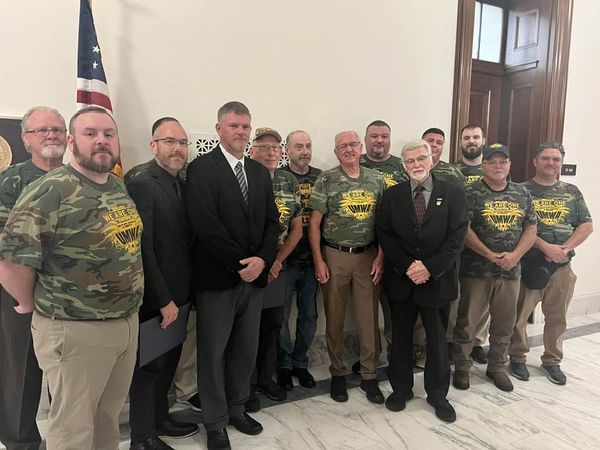

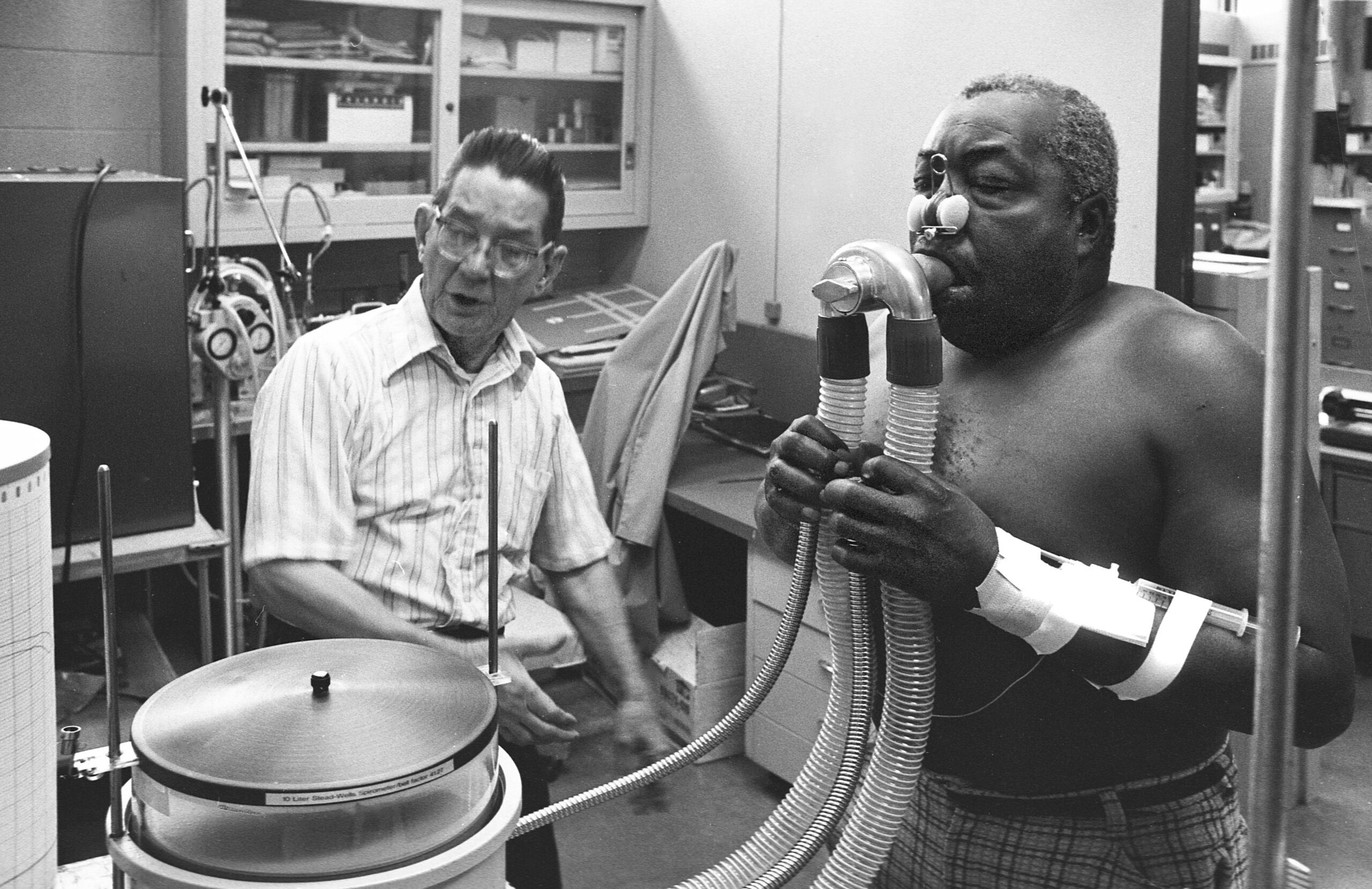
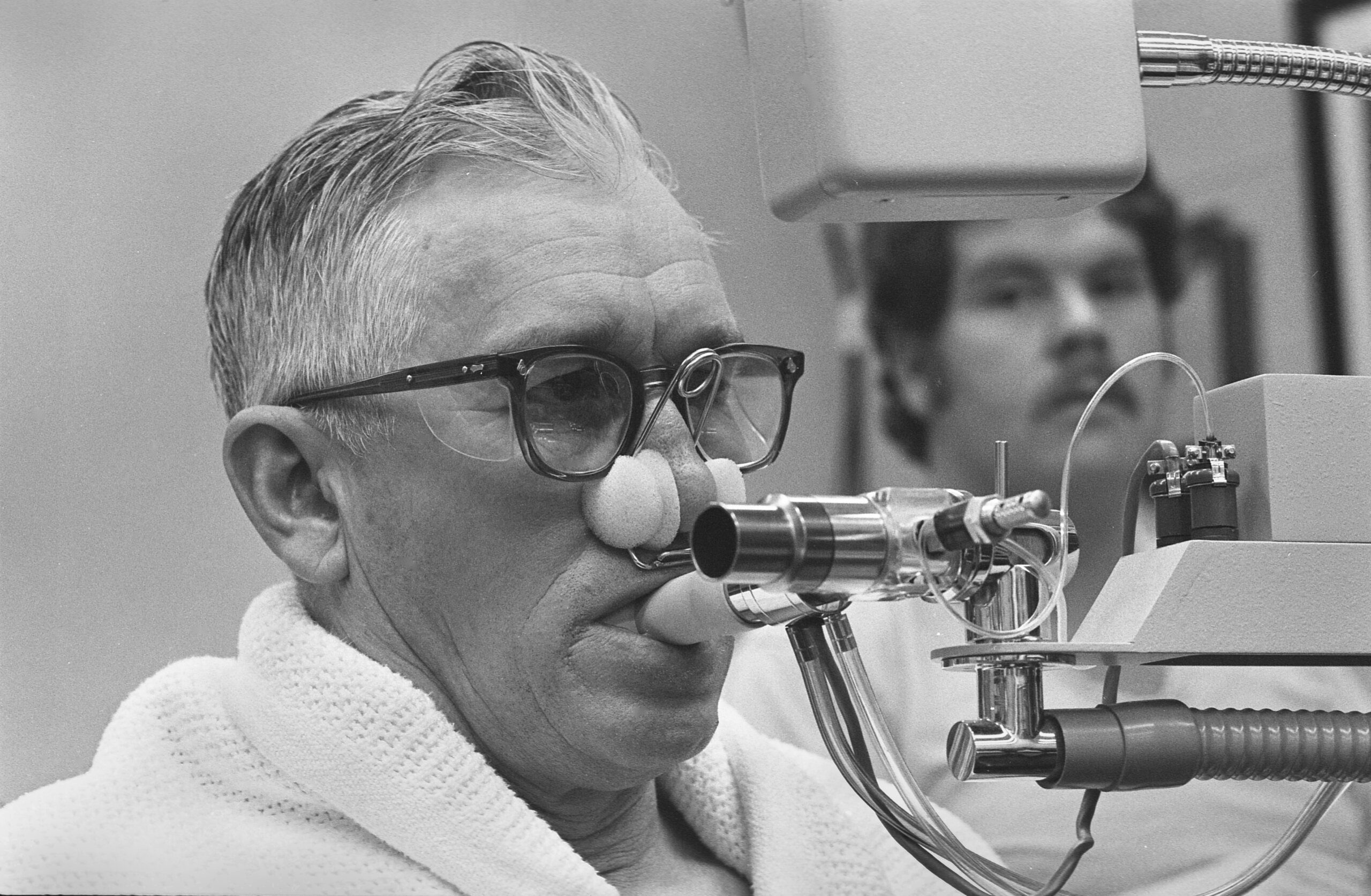
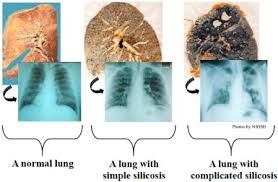

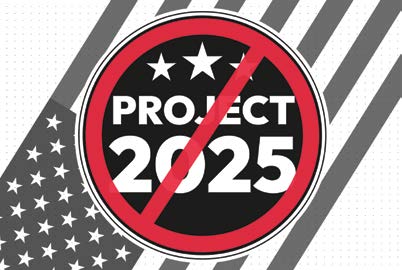
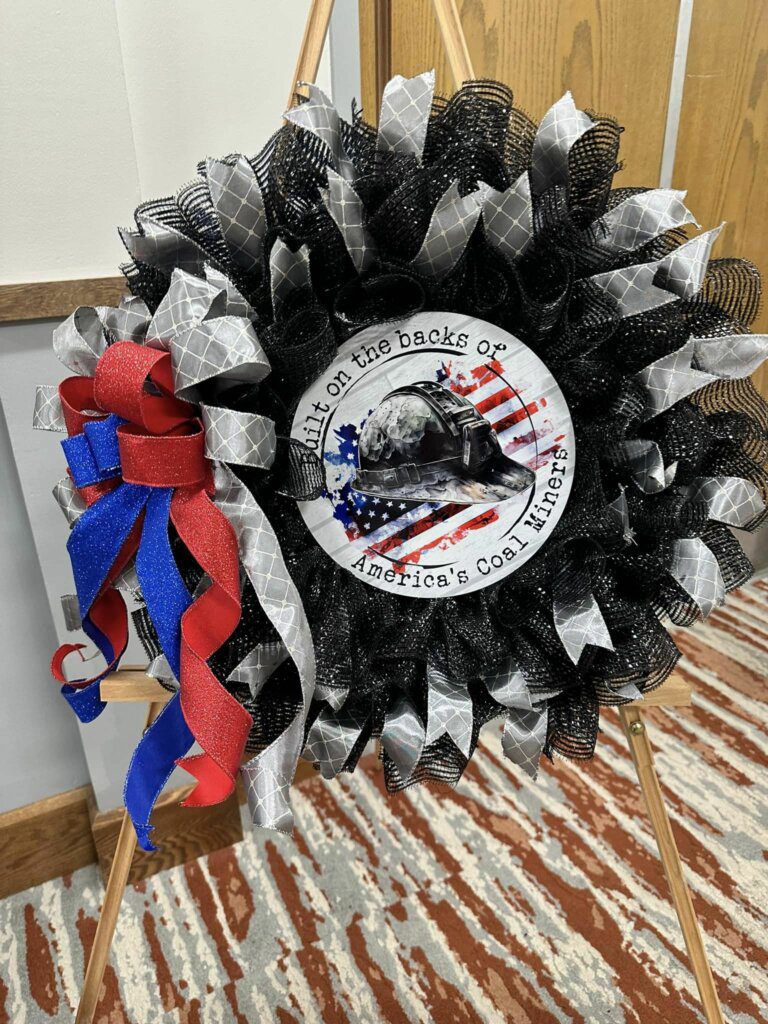
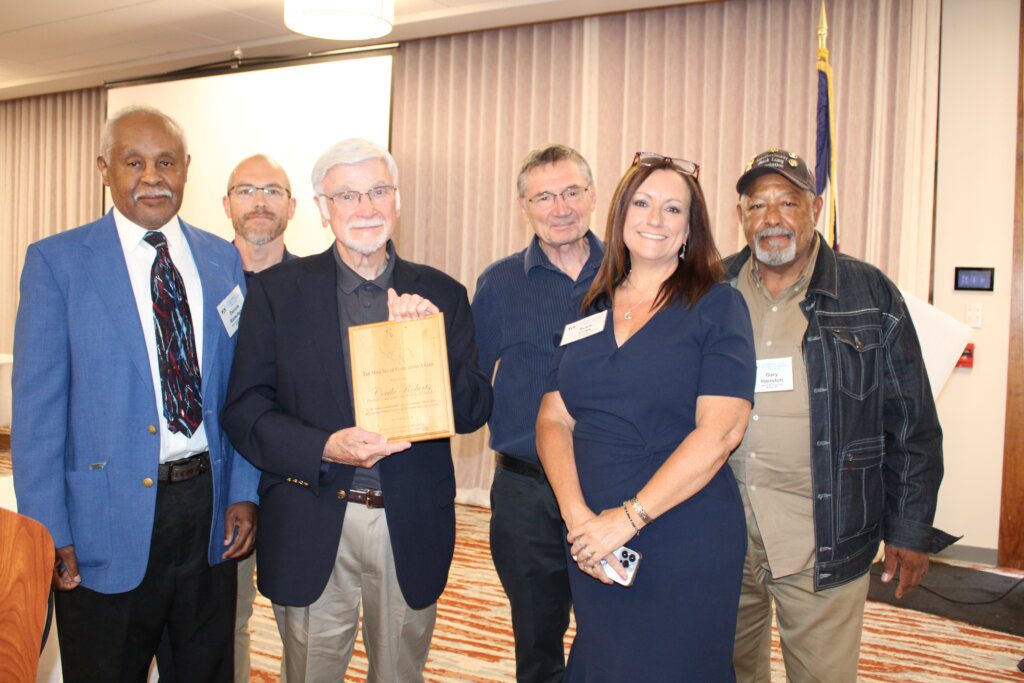


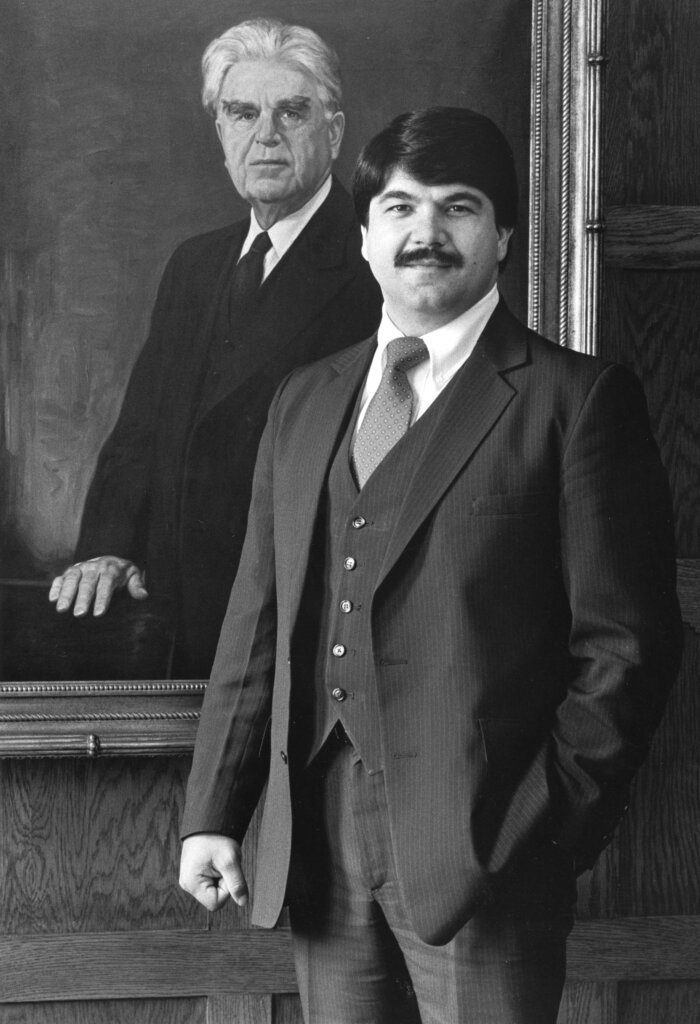
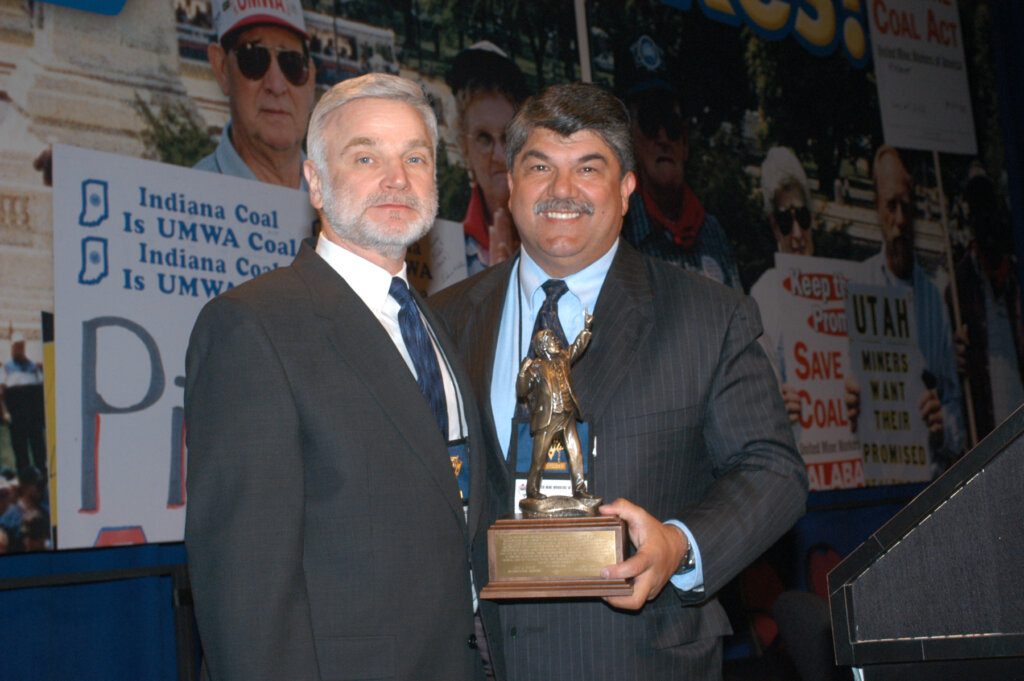
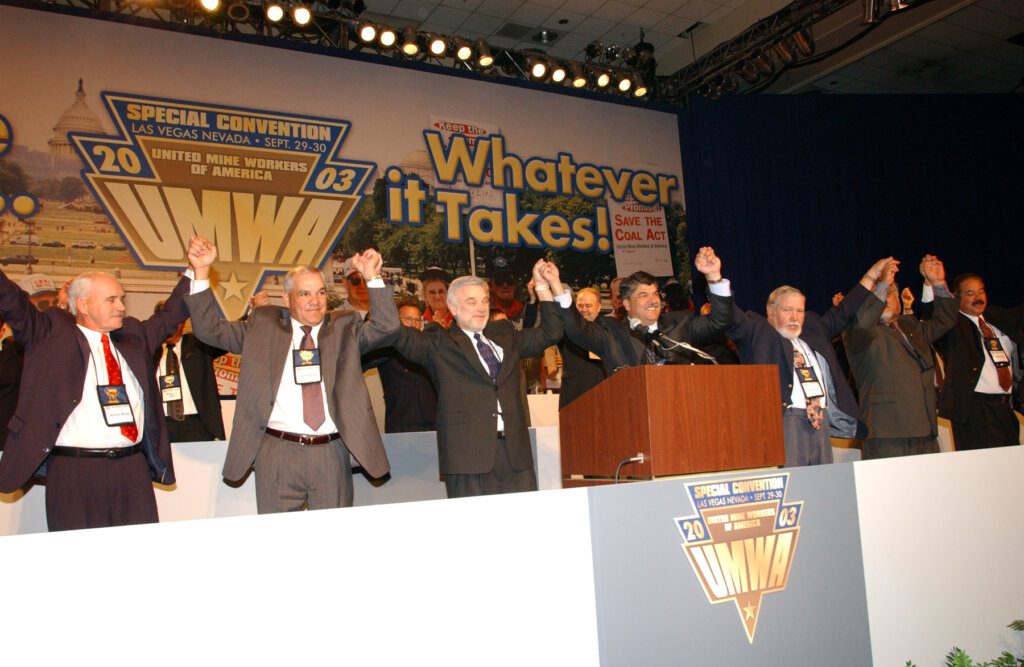
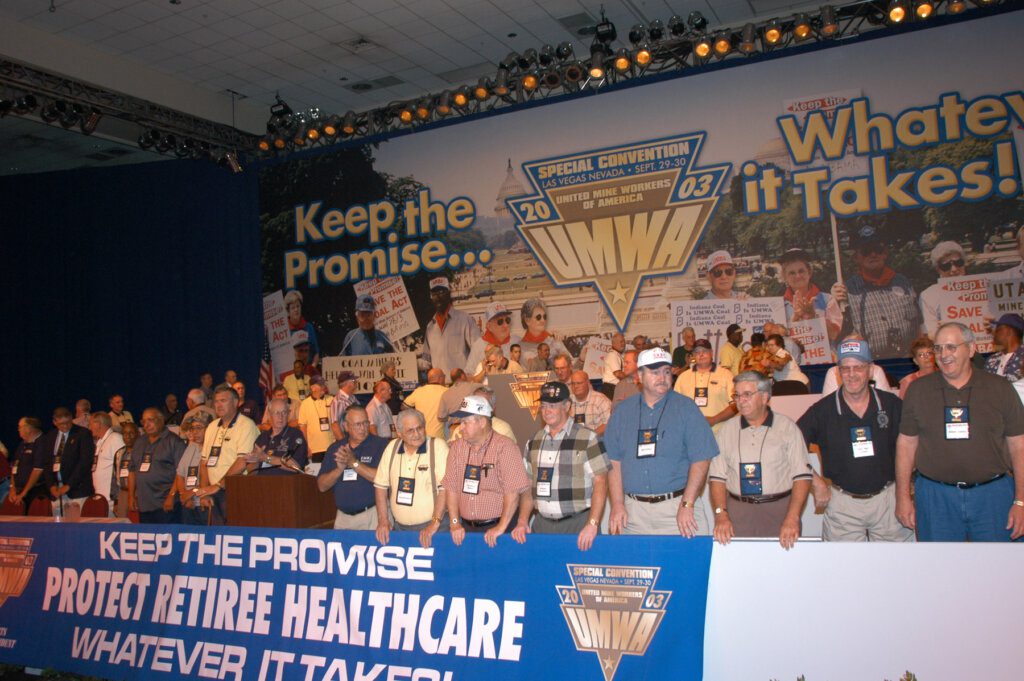
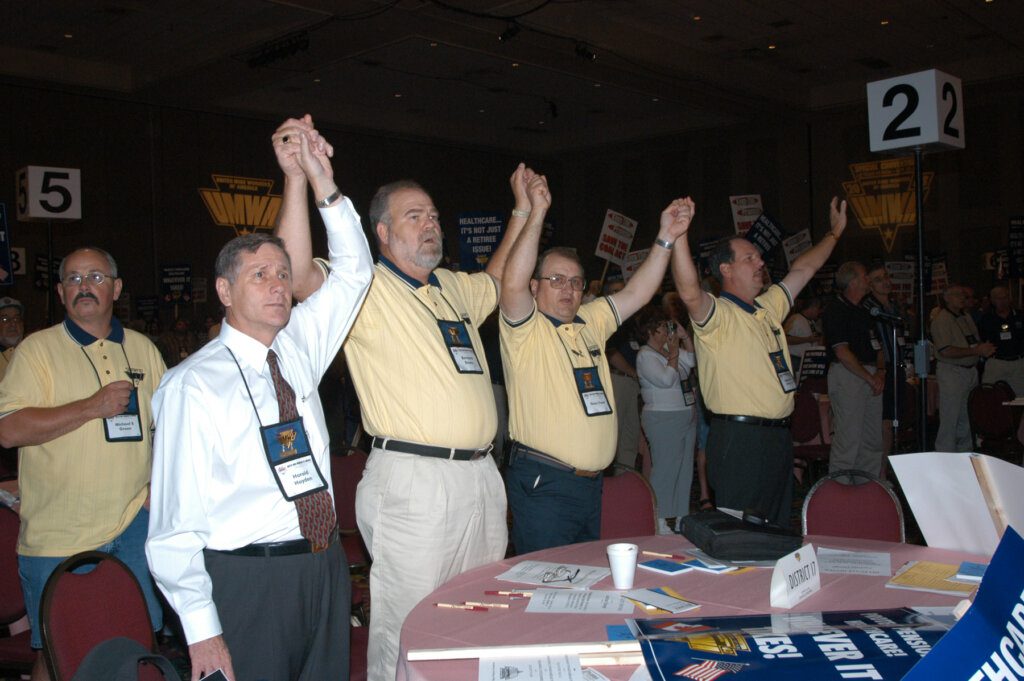
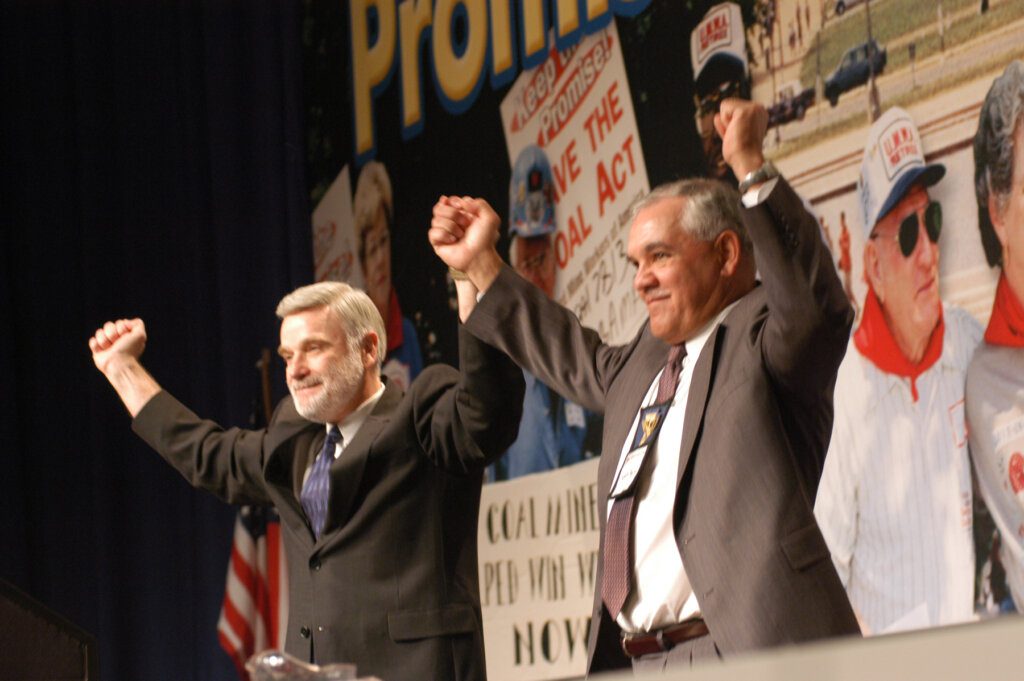
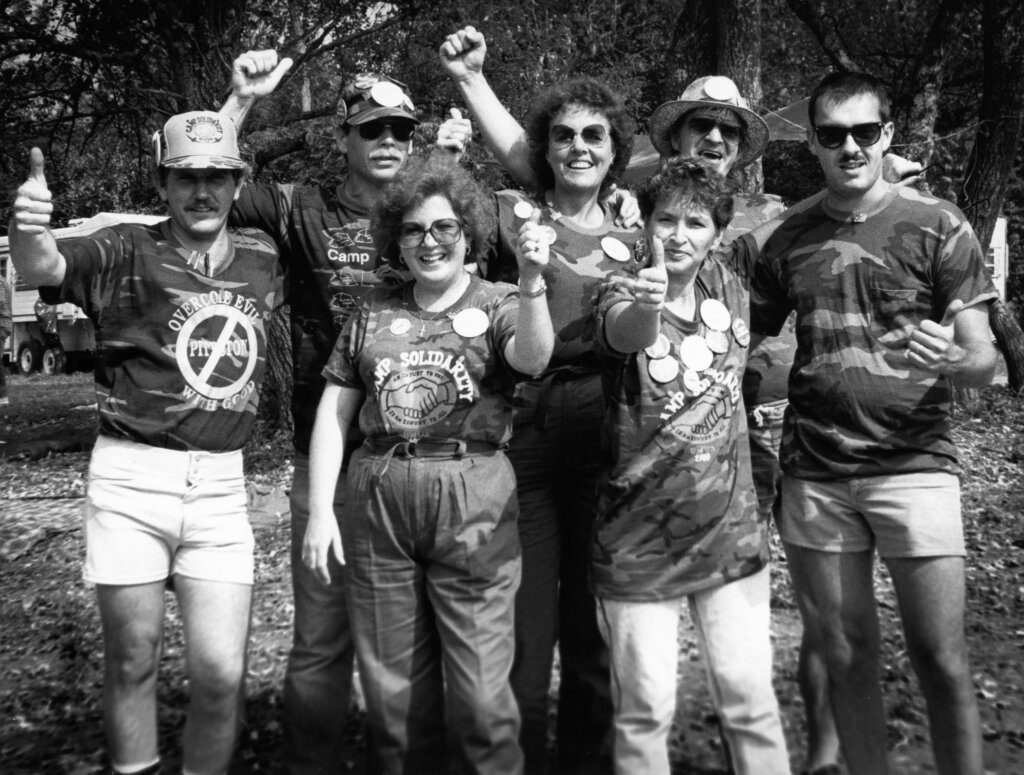
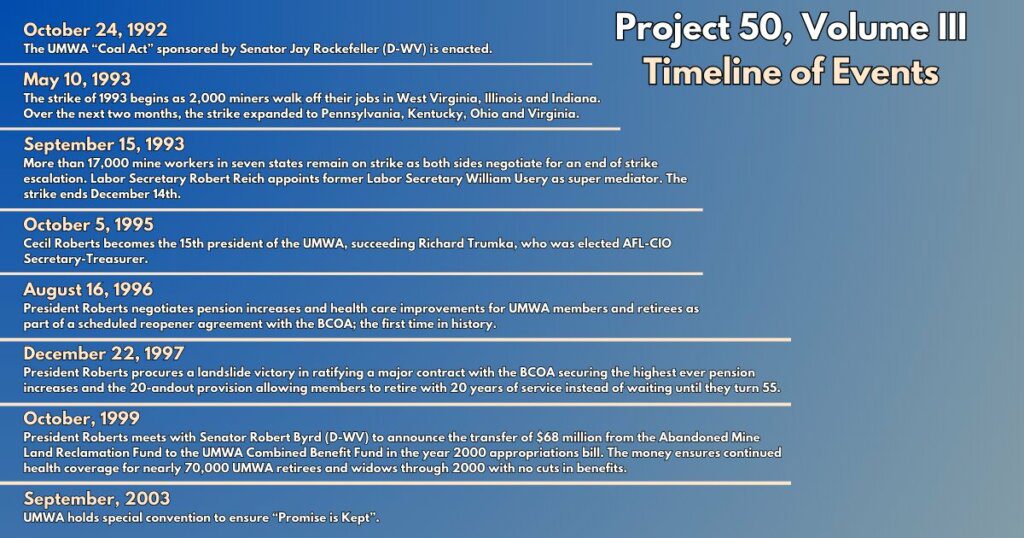
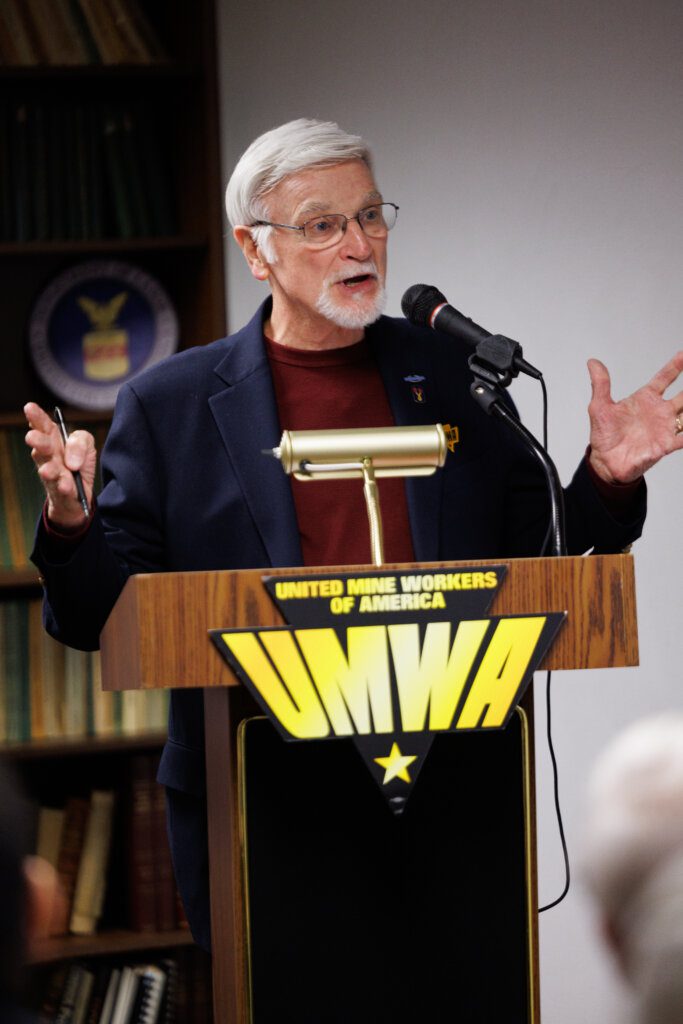
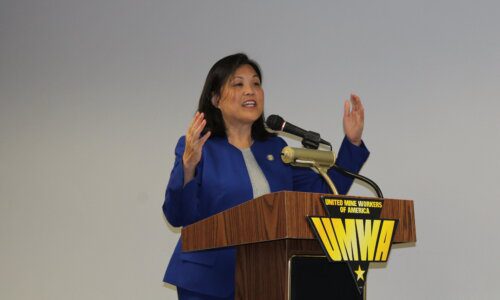
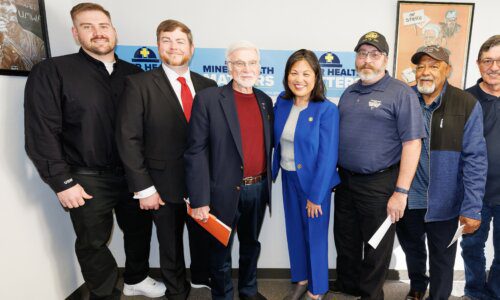
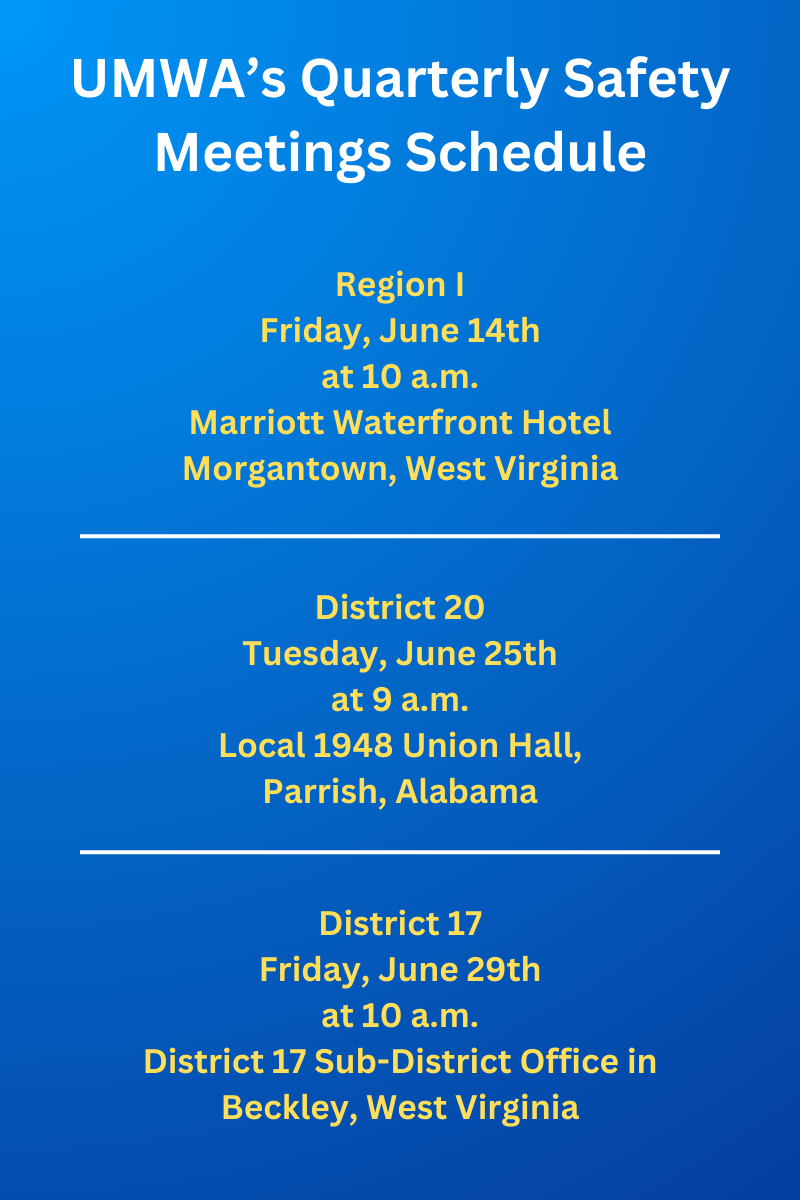
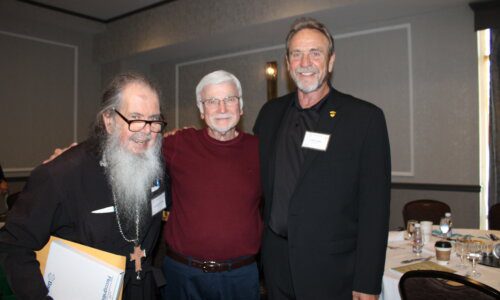
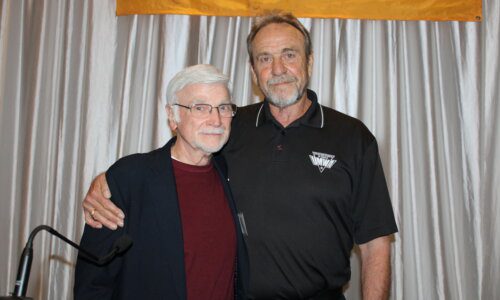
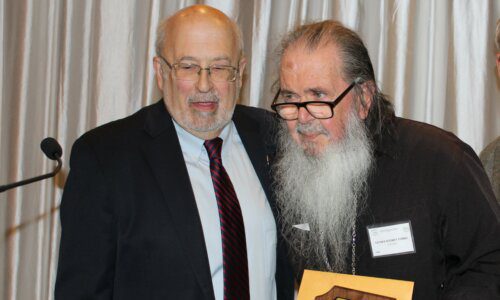
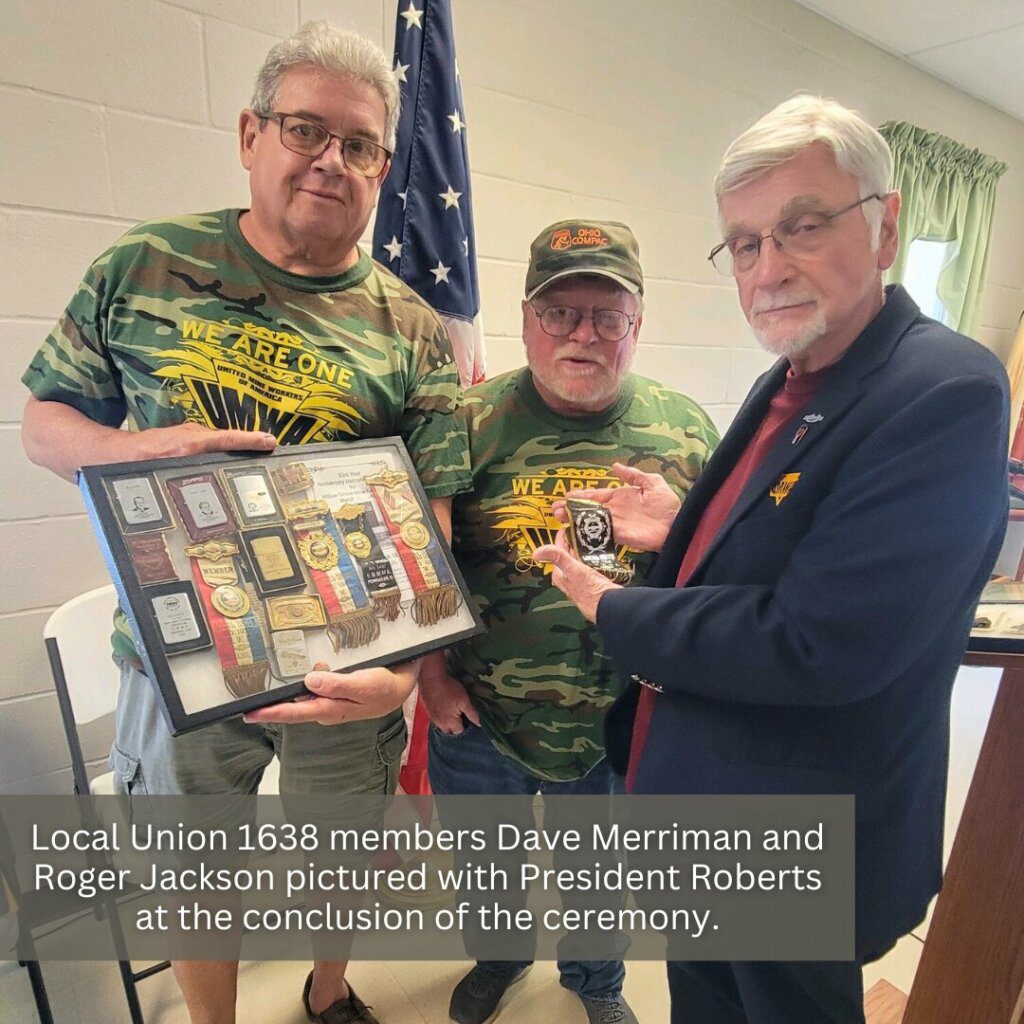 At the conclusion of the bell tolls for the 21 lives lost on the job last year in West Virginia, the ceremony shifted focus to the 119 lives lost 100 years ago on April 28, 1924. UMWA members of Local Union 783 reported for their shift at the Benwood Mine that day,
At the conclusion of the bell tolls for the 21 lives lost on the job last year in West Virginia, the ceremony shifted focus to the 119 lives lost 100 years ago on April 28, 1924. UMWA members of Local Union 783 reported for their shift at the Benwood Mine that day,